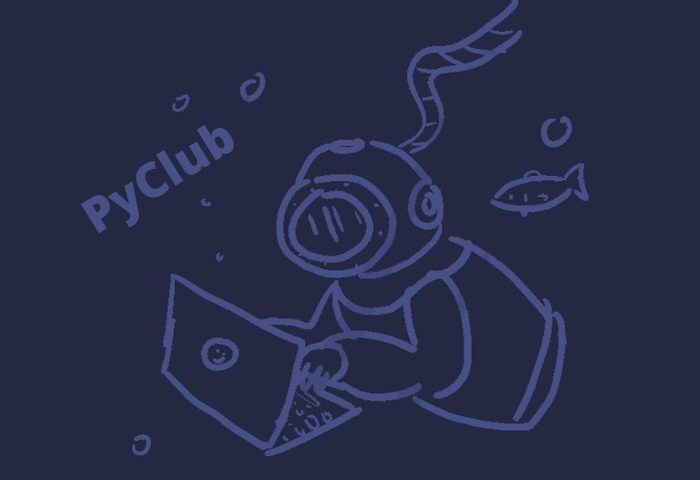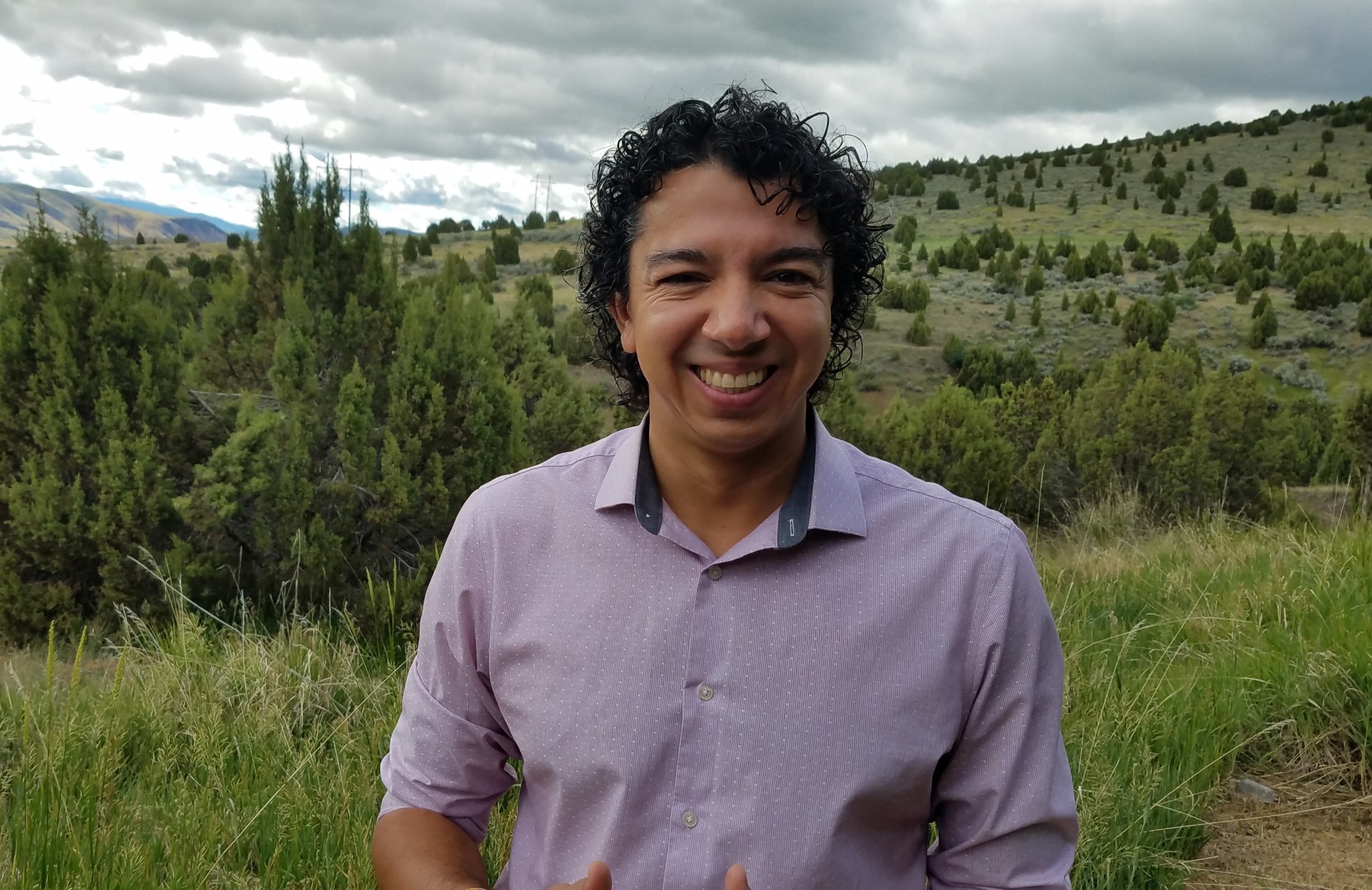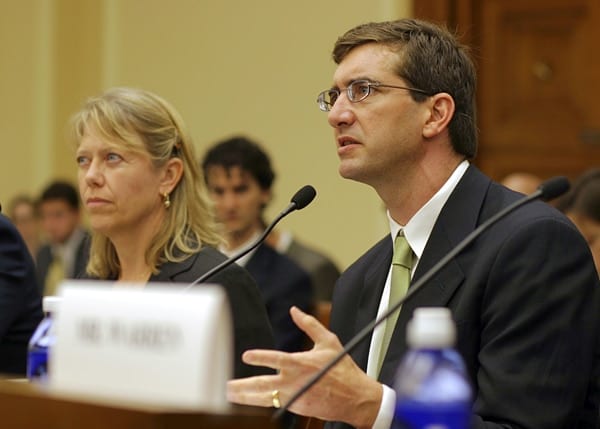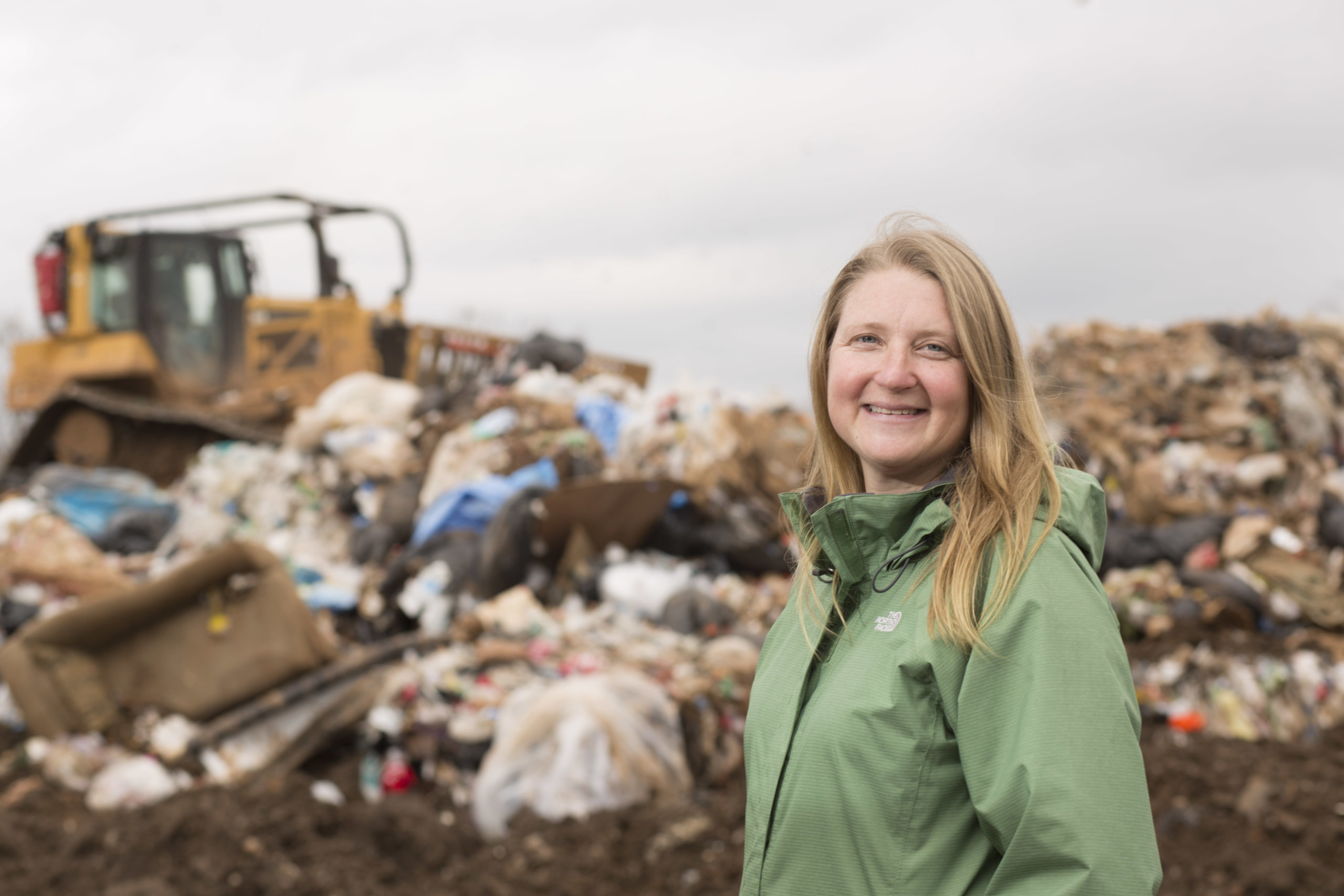Many of the people COMPASS works with are interested in engaging with young students about science topics, whether it’s sharing the excitement of scientific discovery with kindergarteners or the possibilities of a science career with high schoolers. We’re always interested in learning about how people are putting their engagement skills to use!
Recently, we spoke with Shanice Bailey and Una Miller about PyClub, an afterschool program they developed and piloted in 2020 alongside three of their colleagues, Laura Gruenburg, Spencer Jones, and Suki Wong. The program is designed to teach high school students how to code through the scope of oceanography. It is currently available on Github for anyone to access and adapt, and more information about the group can be found on their website. If you’d like more information or help adapting the curriculum, you can contact Shanice or Una at pyclub.cu@gmail.com.
Tell us about the goal of PyClub.
Shanice: We wanted to teach kids coding skills and give them an opportunity to apply what they learn right away while learning cool ocean concepts. Many math and science classes can be very abstract, so it’s hard for students to connect to the subject and understand why it’s important. I fell in love with oceanography because it gives variables meaning. It is the perfect combination of math, physics – everything. It’s our world.
Una: We also wanted to introduce kids to these fields in a fun and accessible way. You can’t be excited about something you don’t even know exists. When I was in high school, I had no idea coding and oceanography were an option. I happened to take a beginner oceanography course as a freshman in college and it just blew my mind. Who knew that the ocean was responsible for half the oxygen we breathe? Whether they decide to pursue a career in science or not, our program shows kids what being a scientist can look like.
How did it go? How did the students respond?
Una: We were really nervous at first because no one in our group had taught in a virtual setting before and we didn’t know how it would affect the class dynamic. The kids were definitely shy, but we made it a point to add fun elements like icebreakers to help everyone connect. As the program progressed, they became more comfortable speaking up and asking questions. I think we managed to make it really engaging.
Shanice: We had to decide how to lay out our lesson plan for a virtual space. There were a lot of unknowns, but it exceeded our expectations. Even though none of the students had previous experience with Python, I was very impressed with how quickly they absorbed the material and the insightful questions they asked. In our last survey, our students said they would definitely recommend it to their friends. It felt great to receive that feedback.
Una: One of the kids said it was “rad” and “overall cool.”
What’s next for the program?
Una: We’d be super happy to see others use this framework and adapt it. In fact, the Columbia University chapter of Girls Who Code is adapting some of our material for their new data analysis class! And some of our own course structure is adapted from an amazing open-source graduate-level course created by one of our professors, Ryan Abernathey. We’re a community of python teachers.
Shanice: We welcome anyone thinking of adapting our curriculum to reach out to us. We’d love to be able to share our experience and be a resource to help you move forward. When we started creating the program, it was hard to even imagine where to start. We were fortunate to have advisors and a good group of colleagues who shared our goals and were equally engaged and passionate about building this idea. It made a real difference to have someone we could reach out to for advice or encouragement. We hope to be able to provide support and guidance for others as well.
Is there anything else you’d like to share?
Una: I just want to say how much I love doing outreach – especially with middle school and high school kids. They’re always so fun and driven. At first, I worried about not being able to connect with the students and having that negatively impact the feel of the classroom, but I was really pleasantly surprised. The students were very sweet and we still found silly things to talk about even though there’s an age gap. You can find something in common with any kid even if you’re from a different city, culture, gender, generation, etc. If you’re interested in doing outreach, don’t let that worry be a barrier; you can always find something to connect on.
Shanice: When I think about future projects, whether it’s outreach or personal projects, I can always look back at this program we created and think “I did that, so I can do anything.” We were all so nervous at first – that’s not an exaggeration. There’s an inherent struggle in outreach to grab and keep someone’s interest, but we accomplished it. I’m really proud of what we created and will always carry the confidence I gained for future endeavors.
Shanice is a PhD candidate in the Department of Earth and Environmental Sciences at Columbia University where she uses data assimilating models to study how water transforms in the deep Weddell Sea. When she’s not focusing on the Southern Ocean she likes to explore new trails in the Northeast with her recently adopted dog, Mochi!
Una is a PhD candidate in the Department of Earth and Environmental Sciences at Columbia University who uses observational data to study surface ocean processes like turbulent mixing in the Southeast Pacific and dense shelf water formation in Antarctica. She is proud of two things: going to Antarctica and training her beloved rescue dog, Pekoe.



